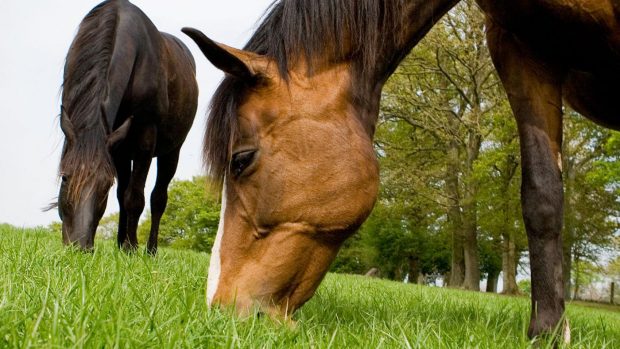View horses for loan
Putting your horse out on loan or lease can seem an ideal solution if circumstances prevent you from looking after it, but you do not want to sell.
A written agreement will protect the interests of the owner, borrower and horse, and should always be undertaken, even if the owner and borrower know each other well.
A loan or lease agreement does not have to be drawn up by a solicitor, but it should be dated and signed by both parties and a witness.
What to include
Begin with the name, address and telephone number of owner and borrower as well asdetails of the horse and the period of the loan/lease.
Basics will include the borrower agreeing to look after the animal properly and accepting responsibility for the horse when it’s in their care.
State that the borrower has to have the owner’s permission before having the horse put down, and what should happen if the owner cannot be contacted in an emergency situation.
Clarify who is responsible for arranging and paying for vet’s bills, worming, shoeing, insurance and feeding costs and travel to and from the borrower’s home.
Include where the horse is to be kept and whether the owner wants to visit or ride the horse during the loan period. If the owner wants to be consulted before the borrower moves the horse to another yard, this should be included.
Any restrictions on the type of work, regularity of competitions, and who is allowed to ride the horse should be included, as well as any specific requirements, such as a shavings bed or particular feed.
It is a good idea to include the fact that horse remains the property of the owner during the loan as this prevents ownership disputes in the future.
Don’t forget to state the terms for terminating the agreement. This is usually a month’s notice, although alonger time frame would be fairer if the horse is competing. An owner may want to include an emergency get-out clause in case they find that their horse is being mistreated or inadequately cared for.
In the case of a lease the amount of money and regularity of the payments should be stated – lump sum, monthly or weekly.
If the borrower fails to comply with the terms in the agreement, that the owner will be able to claim the horse back before the term is up.
Finally include the name of a mutually-agreed arbitrator in the event of any dispute between the owner and the borrower.
Before waving goodbye
Take photographs or video of the horse before it leaves as proof of its health and condition, or get the horse vetted.
Make a detailed inventory of tack and equipment going with the horse and its condition.
If you are loaning your horse out to strangers, do your research, or you may be one of the unfortunate individuals who never see their horse again.
Ask for references and follow them up with visits and phone calls. Check out the address you have been given for both the stables and the borrower’s home, and if possible deliver the horse yourself.
For further advice on loaning or leasing your horse contact the British Horse Society (tel: 08701 202244).
View horses for loan




